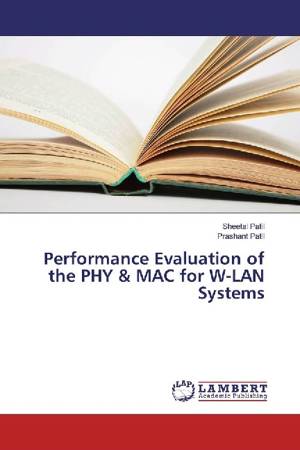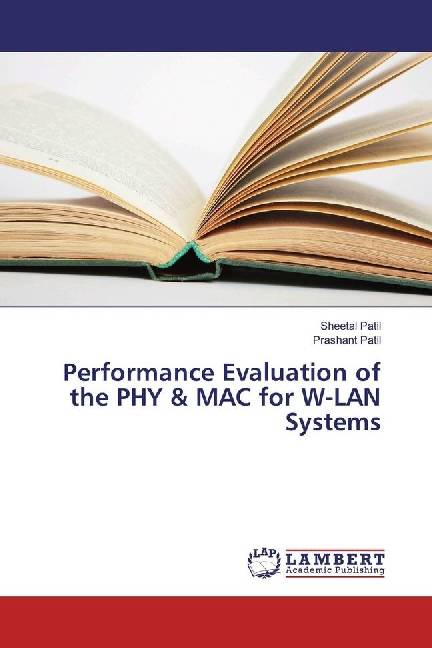
- Afhalen na 1 uur in een winkel met voorraad
- Gratis thuislevering in België vanaf € 30
- Ruim aanbod met 7 miljoen producten
- Afhalen na 1 uur in een winkel met voorraad
- Gratis thuislevering in België vanaf € 30
- Ruim aanbod met 7 miljoen producten
Zoeken
Performance Evaluation of the PHY & MAC for W-LAN Systems
Sheetal Patil, Prashant Patil
Paperback | Engels
€ 35,45
+ 70 punten
Omschrijving
Having a feature-rich IEEE 802.11 Physical and MAC, which has more chance to be a realistic model, is of paramount interest to both Digital Communications researchers and Networking researchers. This book is an effort to study, design and implement a near-realistic IEEE 802.11a physical layer model, with all the phenomena associated with this layer.We present the related concepts and implementation choices, where applicable, in a step-by-step approach within this book. Different propagation models, i.e., large-scale path loss models and fading, bit error rate calculation formulas depending on the type of modulation used and the specific channel type under examination, forward error correction mechanism employed in IEEE 802.11a and related issues, influence of Viterbi decoder on the bit error rate and, finally, bit error distribution models are the major issues elaborated in this work.
Specificaties
Betrokkenen
- Auteur(s):
- Uitgeverij:
Inhoud
- Aantal bladzijden:
- 52
- Taal:
- Engels
Eigenschappen
- Productcode (EAN):
- 9783330320284
- Uitvoering:
- Paperback
- Afmetingen:
- 150 mm x 220 mm

Alleen bij Standaard Boekhandel
+ 70 punten op je klantenkaart van Standaard Boekhandel
Beoordelingen
We publiceren alleen reviews die voldoen aan de voorwaarden voor reviews. Bekijk onze voorwaarden voor reviews.











